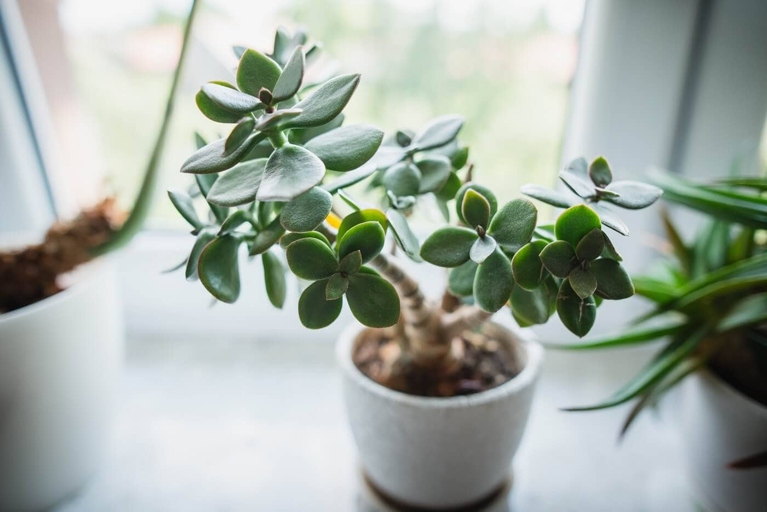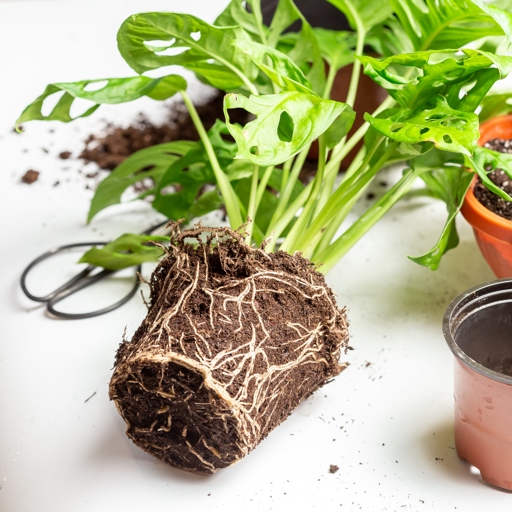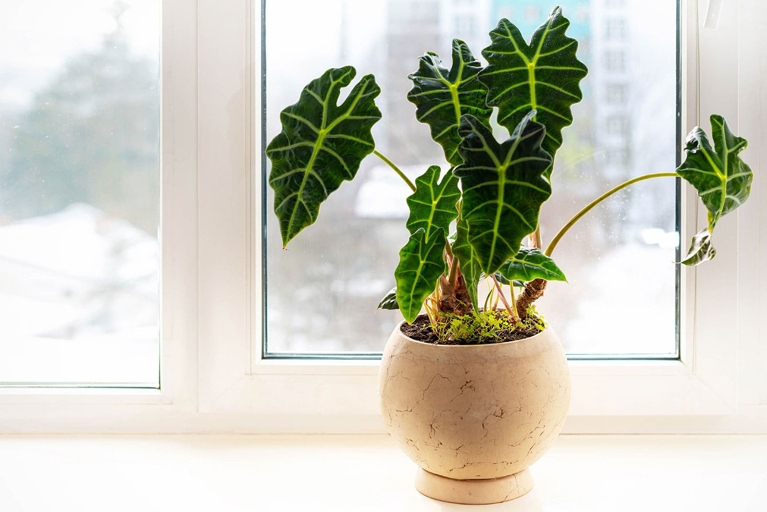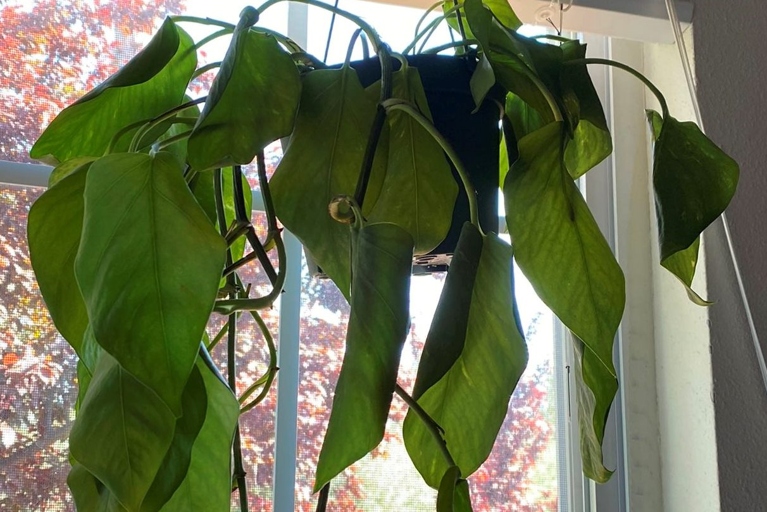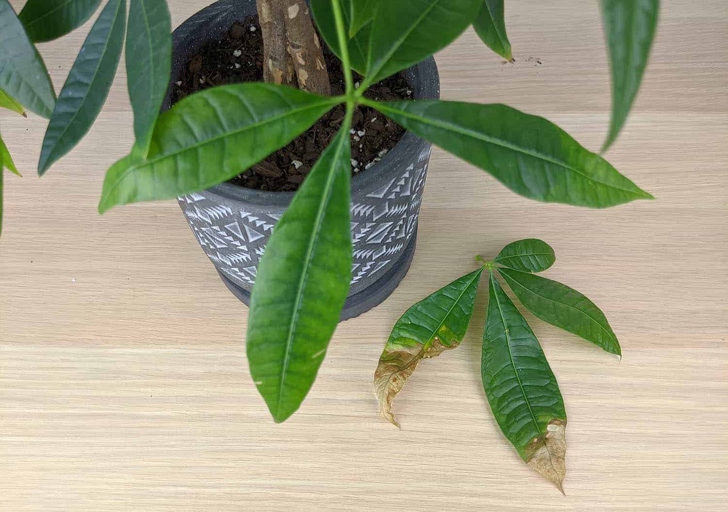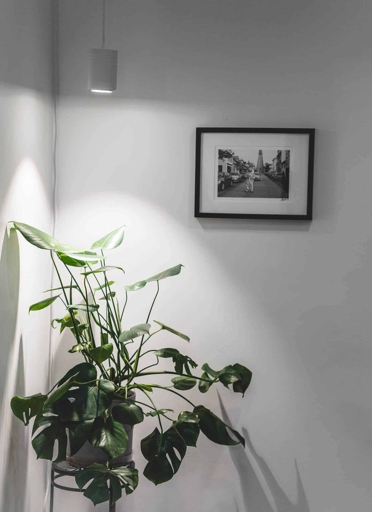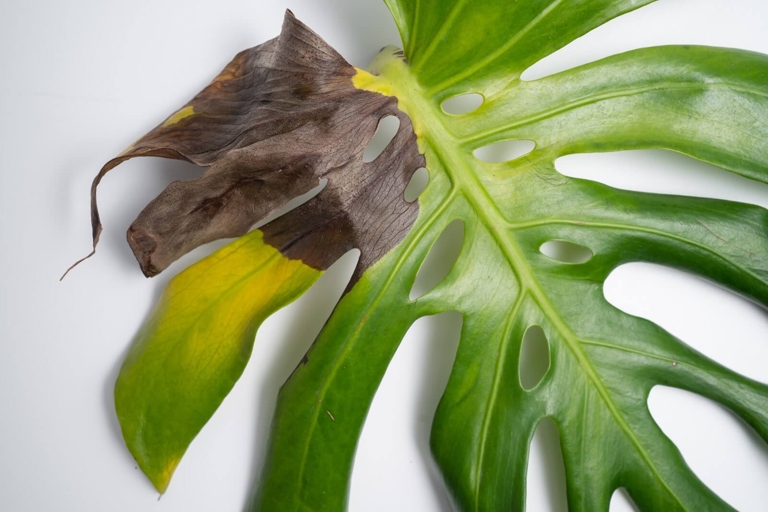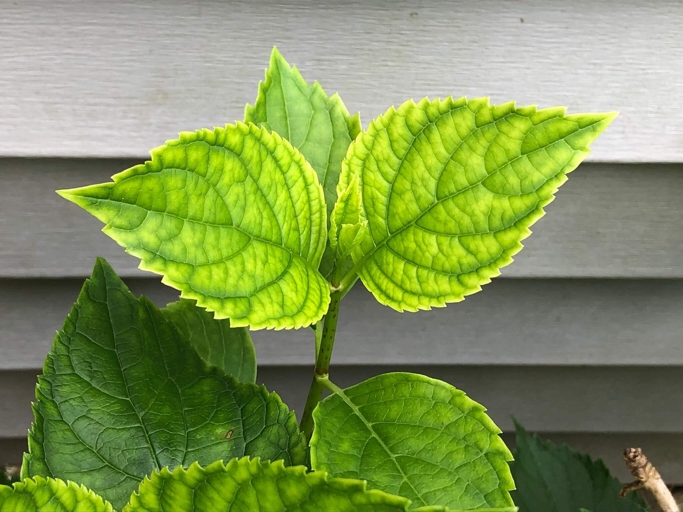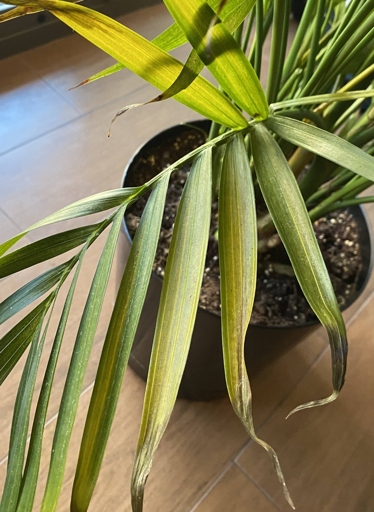Jade Plant Growing Aerial Roots (Tips to Deal with Them)
If you have a jade plant growing in your home, you may have noticed it developing aerial roots. Aerial roots are normal for jade plants and there are a few things you can do to deal with them. In this article, we’ll give you some tips on how to manage your jade plant’s aerial roots.

